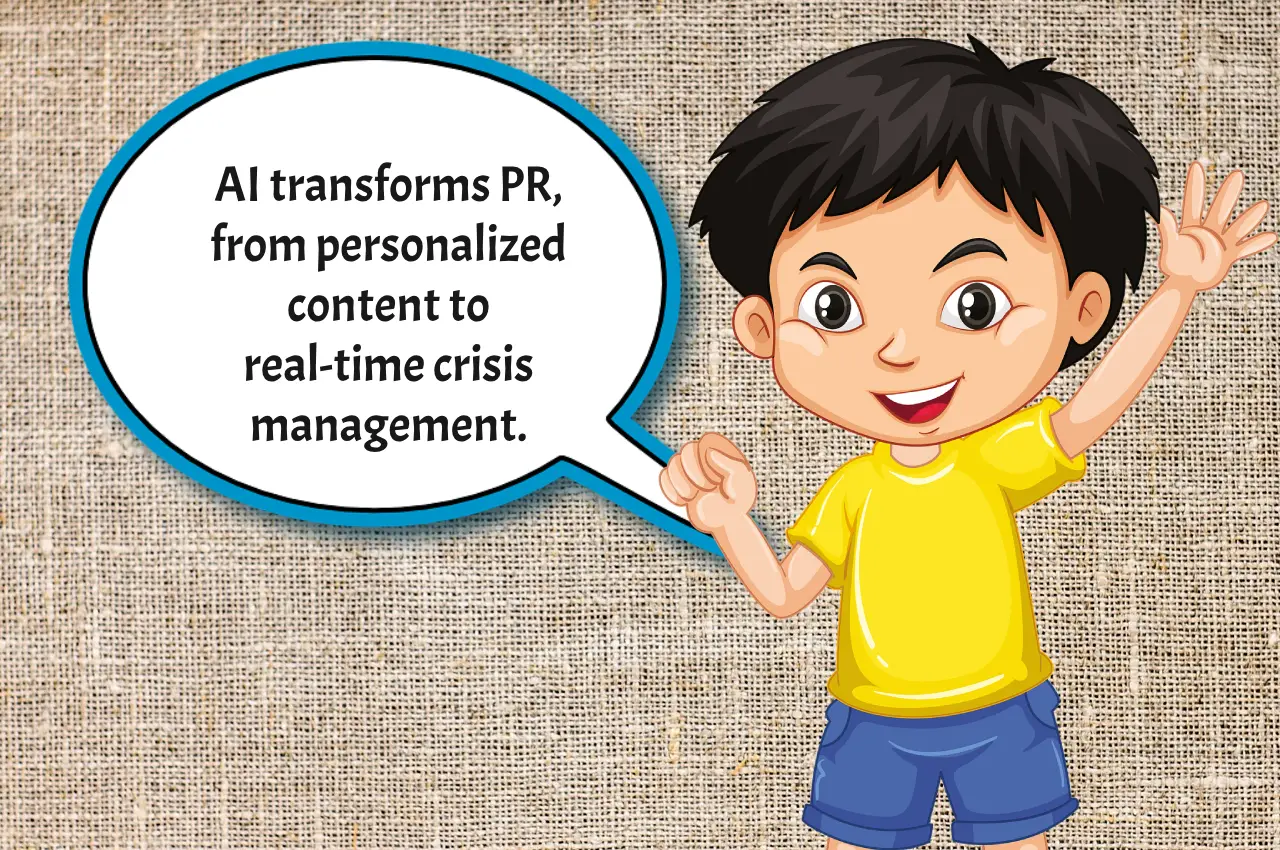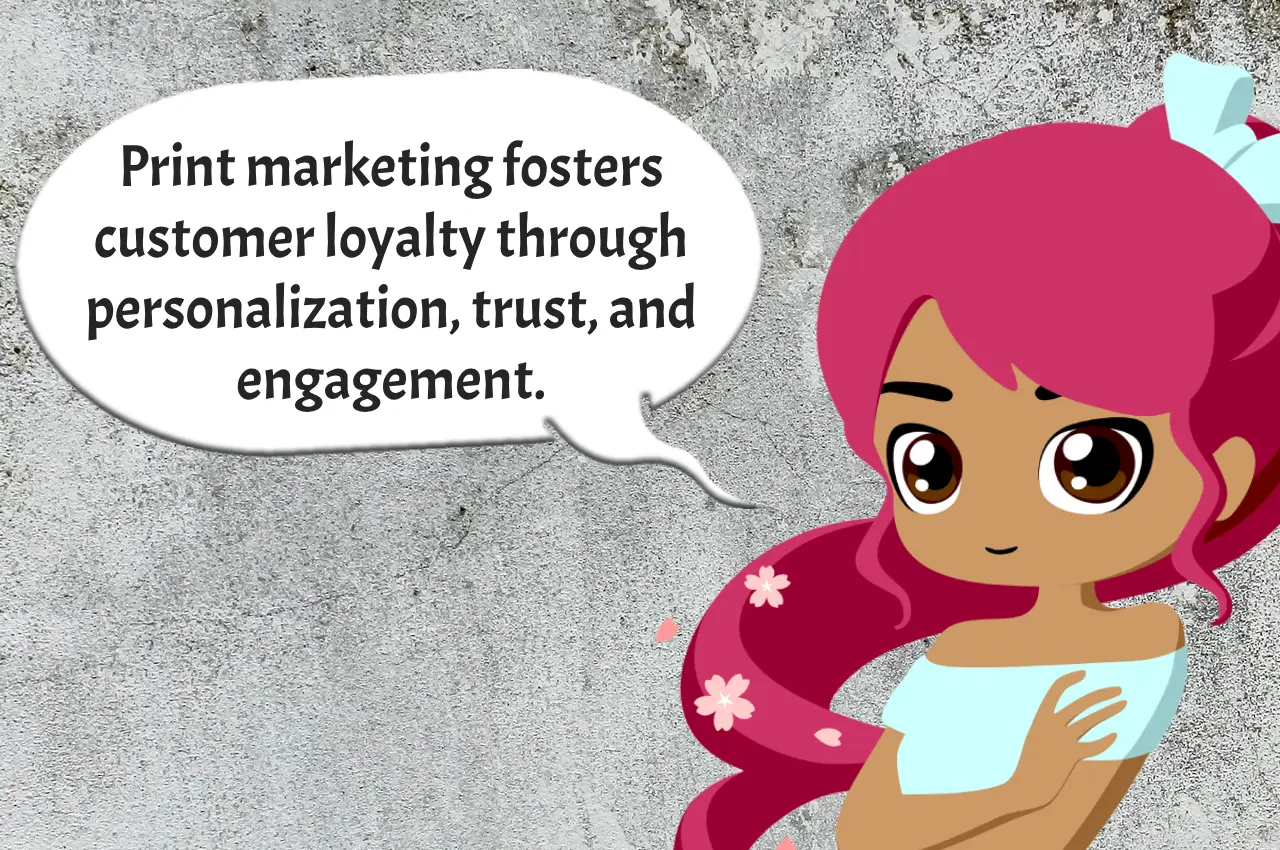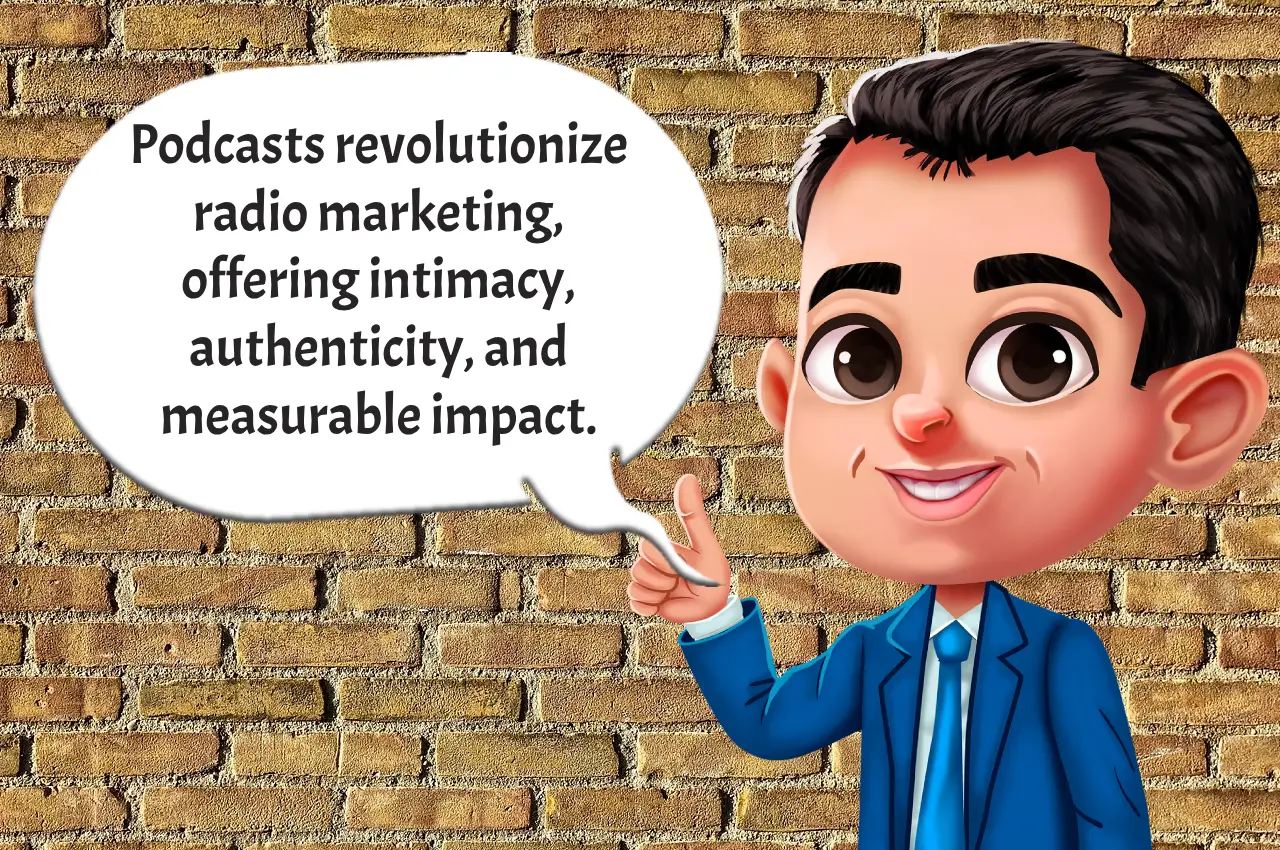Television, the pulsating heartbeat of modern entertainment, doesn’t merely serve as a platform for storytelling. It has become an ever-evolving landscape where marketing strategies weave seamlessly into narratives. With the rise of brand integration, the synergy between content creators and marketers has birthed a symbiotic relationship, propelling both towards unprecedented success.
Understanding Brand Integration
In its essence, brand integration is the strategic inclusion of branded products, services, or messages within the fabric of a TV show’s storyline. It’s not about blatant product placements but rather about crafting narratives where brands organically fit, enriching the viewer’s experience without interrupting the flow.
Take, for instance, the hit series “Stranger Things.” The subtle incorporation of Eggo waffles into Eleven’s character arc not only resonated with the show’s 80s nostalgia but also turned into a cultural phenomenon, sparking conversations and driving sales.
The Win-Win Scenario
For Brands:
Increased Brand Exposure: By integrating their products or services into popular TV shows, brands can reach a wider audience organically.
Enhanced Brand Perception: When a brand is featured in a positive light within a beloved TV show, it can positively impact consumer perception and brand affinity.
Targeted Marketing: Selecting TV shows that align with the brand’s target demographic ensures that the message reaches the right audience segment.
For TV Shows:
Additional Revenue Streams: Brand integration offers TV networks and production companies an additional source of revenue beyond traditional advertising.
Enhanced Realism: Incorporating real brands into the storyline adds authenticity to the narrative, making it more relatable for viewers.
Strengthened Partnerships: Successful brand integrations often lead to long-term partnerships between brands and TV shows, fostering mutually beneficial relationships.
Navigating the Landscape
However, successful brand integration requires finesse. Viewers are savvy and can easily detect forced placements, which can backfire, alienating audiences and tarnishing brand reputations. Hence, authenticity is paramount. Brands must align with the tone, themes, and context of the show to ensure a natural fit.
For instance, the integration of Audi cars in HBO’s “Succession” seamlessly reflects the affluent lifestyle of the characters, enhancing the show’s realism without feeling contrived or disruptive.
Moreover, timing is crucial. Brands must strike a delicate balance between visibility and subtlety, ensuring that placements don’t overshadow the storyline or dilute the viewer’s immersion. When executed seamlessly, brand integration becomes ingrained in the viewer’s subconscious, fostering brand loyalty and advocacy.
The Evolution of Advertising
In an era characterized by ad-skipping and ad-blocking, traditional advertising methods are losing efficacy. Brand integration offers a solution, transforming commercials from intrusive interruptions to integral components of storytelling. By embedding brands within the narrative fabric, marketers can bypass ad avoidance, engaging audiences in a more meaningful and memorable way.
Consider the partnership between Netflix’s “The Crown” and luxury watch brand Rolex. The incorporation of Rolex watches into pivotal scenes not only enhanced the show’s authenticity but also elevated the brand’s prestige, attracting affluent consumers seeking to emulate the lifestyle depicted on screen.
Case Studies
1. Coca-Cola in “American Idol”:
One of the most iconic examples of brand integration is Coca-Cola’s partnership with the hit reality singing competition “American Idol.” Interactive platforms like streaming services and social media create new ways for brands to engage with audiences. These platforms go beyond traditional TV. Brands use immersive AR experiences and interactive content to connect with users. They are pushing the boundaries of integration. The lines between advertising and entertainment are becoming blurred.
2. Apple in “Modern Family”:
The award-winning sitcom “Modern Family” masterfully incorporated Apple products into its storyline, with characters often seen using iPhones, iPads, and MacBooks. These organic placements not only showcased Apple’s sleek technology but also contributed to the show’s contemporary setting. The partnership between Apple and “Modern Family” exemplifies how brand integration can enhance the viewing experience without feeling forced or intrusive.
Embracing Innovation
As technology continues to reshape the entertainment landscape, brand integration evolves alongside it. Interactive platforms like streaming services and social media offer new ways for brands to engage with audiences. These go beyond the limits of traditional TV. Brands are using immersive AR experiences and interactive content to connect with consumers. They are pushing the boundaries of integration. The lines between advertising and entertainment are becoming blurred.
Conclusion
Brand integration in TV shows represents a paradigm shift in marketing, offering a harmonious blend of storytelling and advertising. By seamlessly weaving brands into narratives, marketers can captivate audiences, foster brand loyalty, and drive tangible business results. As TV continues to evolve, embracing brand integration will be paramount for brands seeking to thrive in an increasingly competitive landscape.
What are your thoughts on brand integration in TV shows? Share your insights in the comments below and join the conversation!





